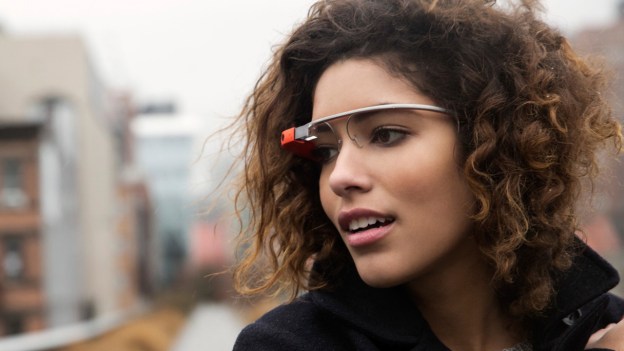 Google’s Project Glass is really stepping up a gear with the announcement Wednesday of the Glass Collective, an investment syndicate that’ll offer seed funding to entrepreneurs working to create apps for the high-tech eyewear.
Google’s Project Glass is really stepping up a gear with the announcement Wednesday of the Glass Collective, an investment syndicate that’ll offer seed funding to entrepreneurs working to create apps for the high-tech eyewear.
Google Ventures – the investment arm of the Mountain View company – will work together with Silicon Valley venture capital firms Andreessen Horowitz and Kleiner Perkins Caufield & Byers (KPCB) to invest in Glass-related projects in an effort to build what it calls “the Glass ecosystem”.
Andreessen Horowitz’s Marc Andreessen said he was “tickled pink” about becoming involved in moving Project Glass forward by working with startup entrepreneurs.
In a post on his blog, he said the idea of Glass is “profoundly transformational,” adding, “Instead of having a phone in your pocket or a tablet in your briefcase, why not have the Internet in your field of vision when you want it — and why not feed the Internet with live video and audio that matches what you see and hear at any time.
“I always look to history for analogies to try to understand how people are going to come to grips with new technology. One obvious historical analogy is the Web browser, which is 20 years old this year — both the browser and Google Glass are windows into the Internet that everyone will be able to use.”
KPCB’s John Doerr said in a post on the firm’s website that he thought Glass was “quintessentially Google” when he first saw the device back in 2011.
“Right away, I could see that Glass was not just a platform for applications. It also had the potential to create a brave new world of services and experiences,” Doerr wrote. “Since then, in rapid fire over just 20 months, Glass has been iterated, tested and refined. It has attracted some of Google’s best and brightest talent, and is drenched in advanced software, including Android, voice recognition, and an innovative user interface.”
The Glass Collective is already open for business, encouraging developers and startups to submit their Glass-related ideas here.
And with news Wednesday that many developers will shortly be receiving Glass, those ideas may soon start pouring in. According to TechCrunch, developers who pre-ordered the Explorer edition of the futuristic specs will receive them “within the next month” – in time for Google’s I/O event, taking place from May 15 through 17 in San Francisco.
Google is hoping to have a consumer version of Glass ready by the end of this year or in early 2014.


